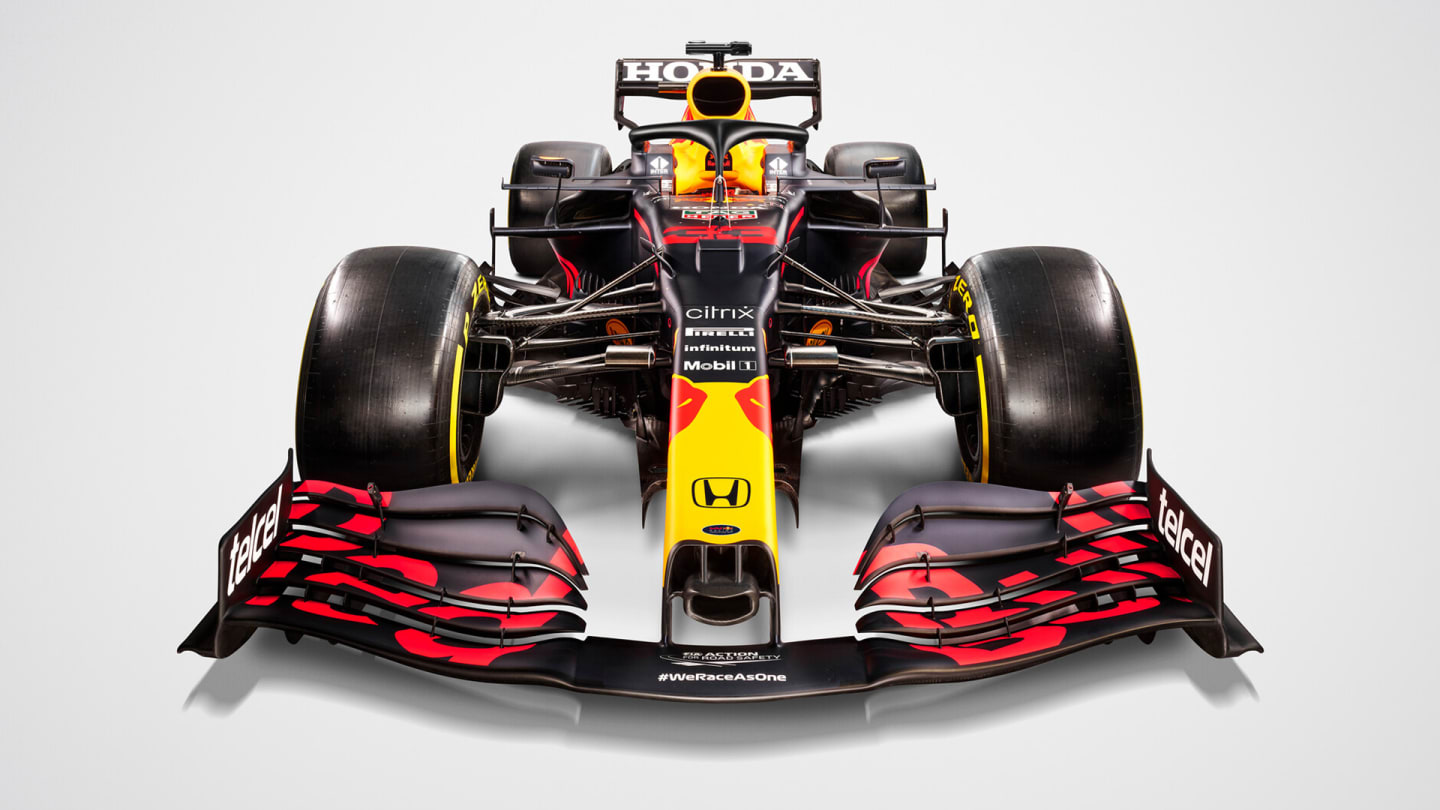
Technical
An extensively re-engineered car? Here's our rapid reaction to the new Red Bull RB16B

Share

Red Bull’s RB16B is the car the team are hoping will take them back to championship-winning ways in 2021. And while Max Verstappen and Sergio Perez’s new challenger might not at first glance look overly different from its RB16 predecessor, there are some fascinating little differences, as F1 tech expert Mark Hughes explains.
Spotting the visual differences between last year’s Red Bull RB16 and the 2021 RB16B is not an easy game – other than the obvious regulation-imposed narrowing of the floor and associated changes. But beneath those very similar contours there are hints of an extensively re-engineered car.
REVEALED: Red Bull’s new RB16B car set to be piloted by Verstappen and Perez in 2021
The narrow nose is subtly different in the way the pillars attach to the wing (which is still very much outboard-loaded) – and the nose itself may actually be even narrower than before, though it’s difficult to be certain because of the angle of the photographs.

The nose on the RB16B (R) appears to have been narrowed further from the slim design debuted on the RB16 (L)
The cape beneath the nose has been reshaped. It’s now slightly smaller and begins a little further back. Certainly this whole area was felt to be at the centre of the initially tricky low-speed handling of last year’s car, and it was later found that the vortices produced from the wing, nose and cape could interfere with each other at low car speeds, potentially resulting in a sudden reduction of rear grip. A reshape and reduction in the dimensions of the cape suggests possibly a less critical airflow in that area as it makes its way from the front wing to the barge boards and underfloor.
The sidepods appear to have been subtly reshaped too, with a slightly more aggressive downward slope, as the aerodynamicists will have been trying very hard to claw back the rear downforce lost through the regulation change.
RAPID REACTION: Our first tech take on Alfa Romeo’s 2021 C41
This part of the car has to incorporate the radiators, but the more the air can be accelerated by the sidepod’s contours here, the faster the flow will be along the car’s flanks and through the crucial gap between the inner face of the rear tyre and the diffuser’s wall.
The better this flow, the stronger it can enhance the underfloor flow exiting the diffuser and therefore the more downforce can be produced by the floor. Because the diffusers are under-sized by regulation, they are extremely responsive to anything which can smooth out the flow through the underfloor.

The sidepods on the RB16B (R) are more aggressive than those used on the RB16 (L)
Although the front and rear suspension look unchanged, there is a suggestion that there is more of the rear pullrod visible before it disappears beneath the bodywork and that therefore the bodywork has been tightened around that area. This would have been possible only by significant repackaging of the mechanical elements beneath, as it was already extremely tight.
Could Red Bull have gone as far as making a new longer gearbox casing for one season only, to move the axle line fractionally further back, and so that the rear could be swooped-in even more – again in search of regaining the lost rear downforce?
Either way, we’ll need to wait until winter testing, and the first few races of 2021, before we can get a true idea of whether this evolutionary RB16B has what it takes for Red Bull to get after Mercedes’ hotly-anticipated W12.
Red Bull 2021 launch: The five key questions
YOU MIGHT ALSO LIKE
Podcast BEYOND THE GRID: McLaren chief Piers Thynne on the team’s championship transformation and life at Woking
News ‘I’m 2000% behind him’ – Vasseur backs Hamilton amid early Ferrari struggles as he insists ‘potential is there’
News 'It's impressive and exciting' – Team principals laud F1's motorsport ladder for preparing rookies
News ‘I need to chill out’ – Norris opens up on early-season mindset as he admits to putting ‘too much pressure on myself’




